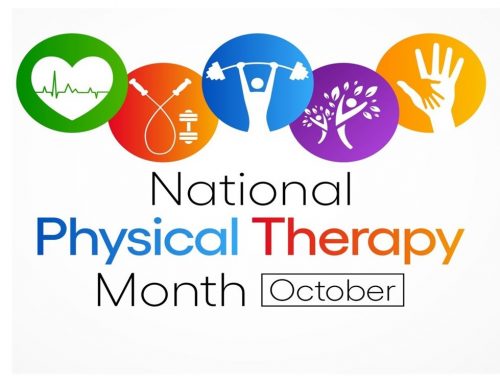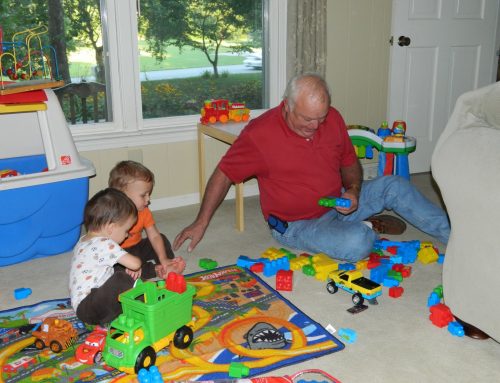GOOD POSTURE
More than just listening to your Mother
Sandy Willoughby PT, CSCS, CAPP-OB
Posture is defined by Merium Webster as ‘the way in which your body is positioned when you are sitting or standing’. In my years as a Physical Therapist, I have never seen perfect posture. I have seen terrible posture and very good posture, but no one is perfect. I ask patients to think of posture on a spectrum. One end of the spectrum is “terrible posture with no care how to improve it” and the other end is “perfect posture”. Since no one is perfect, most of us are strive to be at the “perfect posture” end of the spectrum and have better posture more of the time.
What’s the big deal about posture? Well, our bodies are designed to align and work a particular way to maximize efficiency. That basically means that when we have good posture, our joints, ligaments, muscles and discs are in a neutral position. Compare someone sitting with very erect posture with someone who is sitting slouched. Tall sitting posture positions the head over the shoulders, the shoulders over the pelvis while maintaining the normal curves of the spine. Slouched posture causes the body to position in a giant C. In this posture, the normal curves of the spine are lost, the muscles of the neck and back are overstretched as are the ligaments in the spine. This can lead to neck tension, headaches and back aches.
Most of us know that how we posture ourselves (how we sit, stand, sleep) only tells part of the story. Because when we are talking about the human body, we know that bodies move. So “posture” is the basis of “good body mechanics”, which means positioning your body in good alignment when we do what we do throughout the day. That means doing laundry, gardening, playing with baby and shoveling snow. Take the postural principles of good alignment and apply them to your daily activities and you have improved body mechanics. A big one that Physical Therapists talk about all day long is using the squat position to pick items up off of the floor (big or small). This keeps the neck and back in neutral position while allowing the powerful leg muscles to do what they are designed to do.
Now think about non- verbal communication and how our posture can convey certain qualities to those around us. Compare the person standing equally on both feet, head and chest tall with a smile on their face to someone who is slouching, arms crossed, standing shifted to one leg with absence of facial expression. Who might you go talk to?
Turns out, your Mother was right. Good posture is not only about your physical self but is part of the whole package of how you present yourself to others. Now you need to go thank your Mom.






